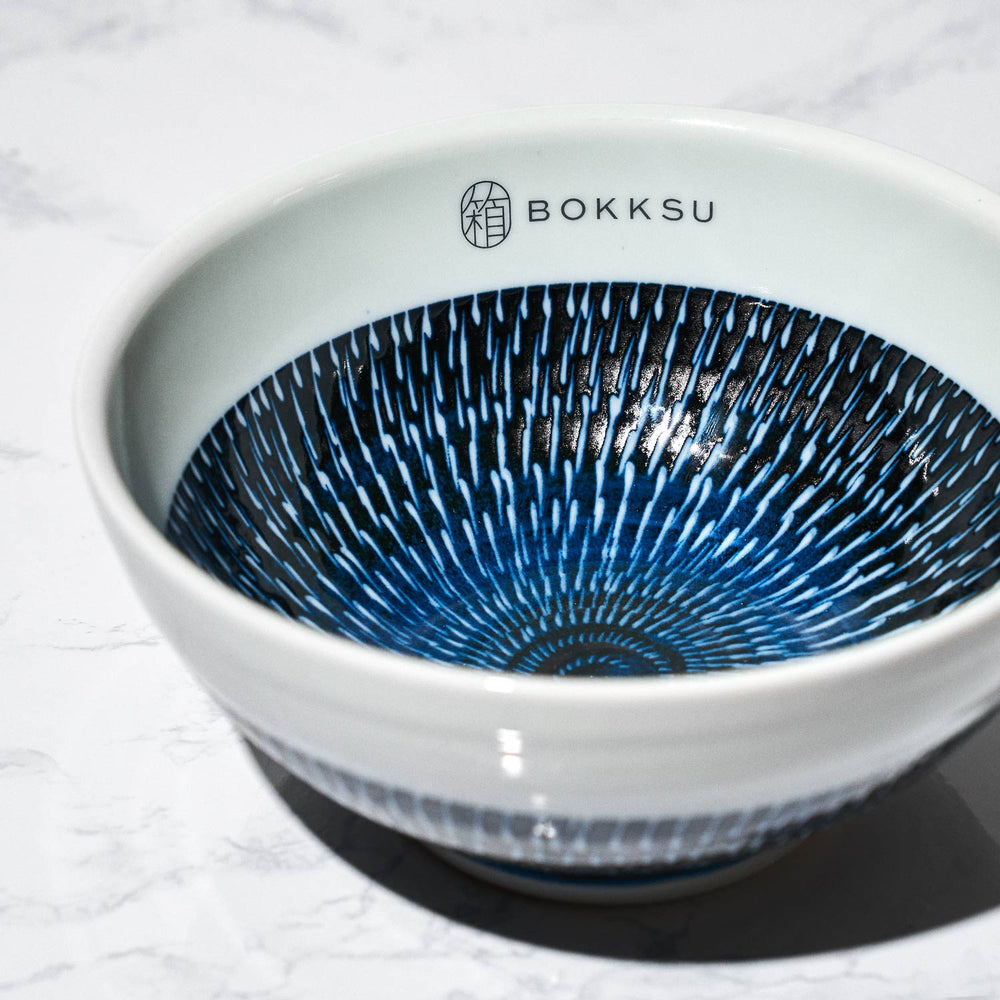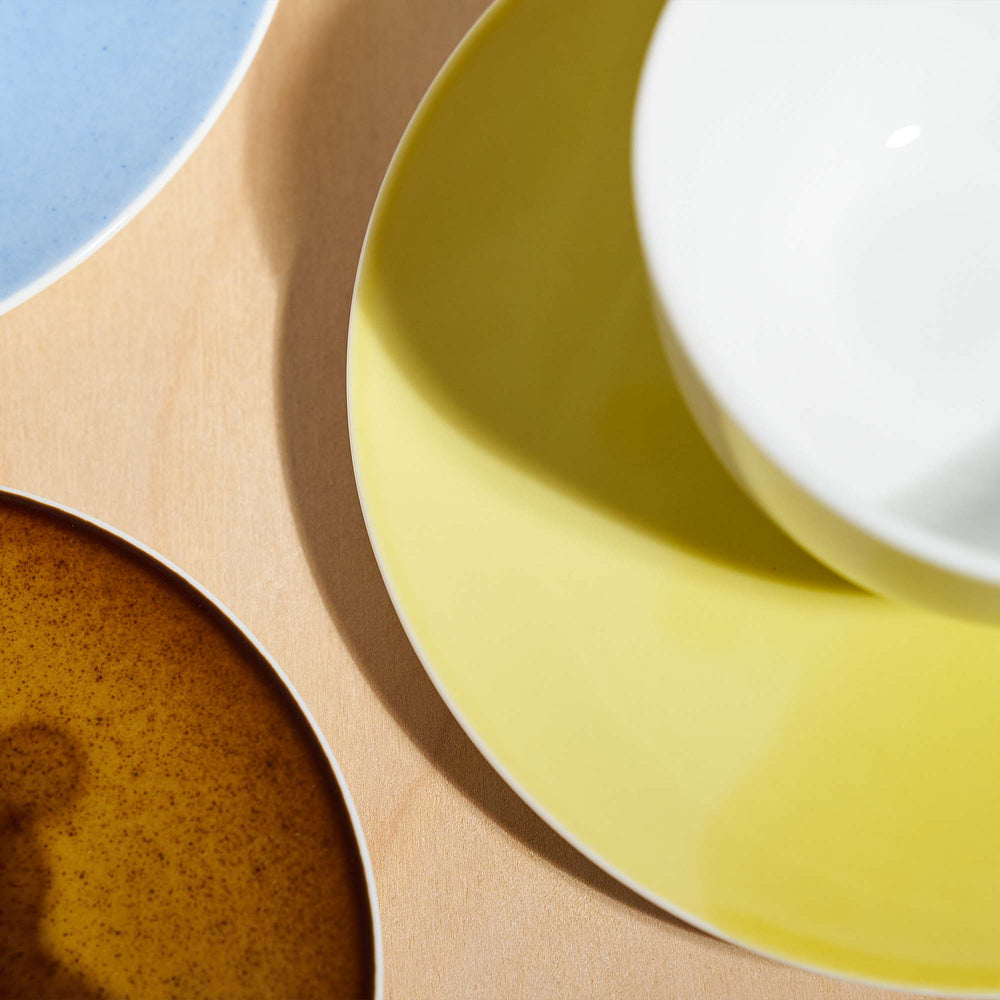Mugicha Explained: Japan’s Nutty and Refreshing Roasted Barley Tea
Mugicha (barley tea) has been a staple drink in East Asian countries like Japan, China, and Korea for centuries. However, it hasn’t received nearly as much global recognition as it should. This underrated summer beverage may be older than green tea.
We created this post to celebrate the rich history and unique flavor of mugicha. This is your chance to explore its traditional production process and discover creative ways to enjoy the caffeine-free beverage.
Introduction: What is Mugicha?

Mugicha is a Japanese herbal tea made from unhulled, roasted barley grains. It’s popularly known as the Japanese barley tea. Other countries in East Asia have respective versions of barley tea. The different variants include dàmài-chá (China), bori-cha (Korea), and be̍h-á-tê (Taiwan).
Mugicha (roasted barley tea) is a popular drink in Japan because it’s naturally caffeine-free, simple to make, and packed with health benefits. Brewed mugicha has a golden brown color with an aromatic, sweet, and nutty flavor. Since as far back as the 8th century, people of all ages have loved to enjoy it hot or cold, depending on the weather. Just like how lemonade is a staple during hot days in Western countries, cold mugicha is the go-to summer drink in Japan.
The History of Mugicha: A Timeless Japanese Tradition

The origins of mugicha in Japan date back to the Heian Era (794–1185). Although barley had long become a staple in the country, it took a while for people to embrace mugicha, which was also known as mugiyu. At the time, only the aristocracy and high-ranking military officers could enjoy the beverage. The original version of the tea was made with parched barley flour, sugar, hot water, and sometimes alcohol. By the end of the Sengoku Period (1467–1568), it had become a popular drink among the samurai class.
In the Edo Period (1603–11868), specialty shops selling Japanese-style barley tea began to spring up on the streets. These shops allowed mugicha to become available to even the commoners.
Most people enjoyed mugicha hot until the 1950s, when refrigeration became common in Japan. Due to the rise of refrigerators and the fact that barley is harvested in the summer season, it didn’t take long for cold mugicha to become a widely consumed summer beverage in Japan. By the 1980s, roasted barley kernels were replaced with the more modern versions stored in mugicha tea bags.
How Mugicha is Made: The Roasting and Brewing Process

The traditional roasting process of barley grains plays a key role in developing mugicha’s nutty, toasty flavor. It starts with the sourcing of unhulled barley grains, which are the purest form of edible barley because all of the husks are still intact. The grains are placed in a traditional sand oven or large pan, where they are roasted until they turn dark or golden brown. Deep roasting creates grains with a fragrant aroma, while light roasting creates sweeter grains. Highly experienced craftsmen use their skills and knowledge to find a balance between deep and light roasting. That way, they produce roasted barley grains with rich flavors and aromas. The roasted grains may be ground into more marketable forms and sold by tea manufacturers.
Mugicha can be brewed in two different ways: hot and cold. The hot method involves boiling the roasted grains in water and allowing them to steep for some minutes before removing the grain. For the cold method, the grains are steeped in hot water for a shorter period before they are mixed with cold water and then kept in the refrigerator for several hours.
The Unique Flavor of Mugicha: What Does It Taste Like?

The taste profile of mugicha is unlike any of the other teas you frequently enjoy. Its flavor can best be described as toasty, nutty, slightly sweet, and refreshing. The absence of caffeine in it makes mugicha a perfect alternative to caffeinated teas like oolong tea, black tea, and green tea.
Roasted barley tea has a strong and smoky aroma that many have compared to that of slightly bitter coffee beans. Some types of mugicha possess more of barley's robust aroma than others. The roasting process plays a big role in the smell of the final brew.
Mugicha Tea Benefits: Why It’s a Healthy Choice

A rich taste is just one of the many reasons adults and children love barley tea. The beverage also offers tremendous nutritional value. Let’s review the health benefits of mugicha.
-
Hydration and detoxification: Drinking mugicha on hot days will help to hydrate your body. It also contains vitamins and minerals that can remove toxins from the system.
-
Digestive support: Mugicha has powerful antioxidant properties that allow it to relieve multiple stomach problems. It also serves as an antacid, which can counteract the effects of high stomach acidity and relieve heartburn and indigestion.
-
Cooling properties: Roasted barley tea has a cooling effect on the body. It lowers overall body temperature during hot summer days. Make it your go-to drink when you need a break from the heat.
-
Skin health improvement: Thanks to the natural antioxidants in the beverage, mugicha can do wonders for your skin. It helps to balance free radicals that cause cell damage and premature aging, thereby keeping your skin smooth and young.
-
Caffeine-free: There is zero caffeine in mugicha, making it the perfect daily drink. The lack of caffeine in the tea improves its hydration, nutrient delivery, and energy improvement properties.
-
Revitalization: There is a fair amount of melatonin in mugicha. Melatonin is a natural compound that regulates sleep cycles in humans. When you want to wind down with a drink, a cup of barley tea will help you relax. Getting adequate sleep will leave you feeling revitalized and full of energy.
Mugicha vs. Green Tea: What’s the Difference?

Mugicha and Japanese green tea are two of the most popular beverages in Japan and other parts of East Asia. However, they possess different properties. Mugicha, a herbal tea made from barley grains, is not made from Camellia sinensis leaves, which are used to make green tea. It also does not contain caffeine, unlike green tea.
Both beverages share distinct flavor profiles. While mugicha is toasty and a little nutty, green tea is grassy and light. They provide similar health benefits, but mugicha is better at sleep regulation, while green tea is better at improving focus.
In Japan, mugicha is traditionally consumed in the summer, but green tea is a lot more common in the spring. Nevertheless, both of them make fantastic choices for hot or cold brewing.
Mugicha in Japanese Culture: A Drink for All Seasons

Many who grew up in Japan regularly drank cold mugicha in the summer and hot mugicha in the winter. As a staple drink among children and adults, barley tea is a consistent part of Japanese culture. It has a nostalgic effect on adult consumers who grew up drinking the tea. People enjoy it at home, on the streets, in tea-drinking shops (kissaten), and during family gatherings.
In Japan, mugicha is sold in tea bags, PET bottles, and instant powder. You can buy them at convenience stores, supermarkets, and restaurants. Vending machines may also dispense cold, ready-to-drink bottles of the herbal tea.
The Environmental Benefits of Mugicha: A Sustainable Beverage Choice

The fact that mugicha is an eco-friendly drink isn’t common knowledge. It’s made from barley, which is a popular crop worldwide. Growing barley for mugicha requires fewer resources to grow and produce compared to coffee and many other teas, making it a sustainable alternative.
The nature of the plant and its cultivation help to reduce the carbon dioxide level in the atmosphere. It promotes sustainable farming practices such as biofuel usage, crop rotation, and cover cropping that can reduce the effects of climate change.
Creative Ways to Enjoy Mugicha: Beyond Just Tea

Some people like to enjoy mugicha as a standalone, refreshing drink. Simply pour some in a glass, add ice, and you’re good! There are other, more unique ways to incorporate mugicha into daily life.
-
Mugicha in desserts: It can serve as an ingredient in modern desserts. For example, mugicha jelly can be made by boiling barley tea and mixing it with sugar and agar. The tea can also be used to make sherbet by mixing a mugicha-based syrup with fruits like grape, kiwi, peach, and blueberry.
-
Mugicha cocktails: You can use the iced tea to add a unique flavor to your cocktails.
-
Mugicha with Japanese cuisine: The best way to explore the mild taste of barley tea is pairing it with Japanese cuisine. Ramen, sushi, rice, grilled seafood, and miso soup are ideal traditional meals to pair with mugicha.
-
Mugicha with other beverages: You can elevate the flavor of the tea by mixing it with coffee or milk. Note that adding milk makes the drink non-vegan, and adding coffee makes it non-decaf.
Conclusion: Why Mugicha is a Must-Try Japanese Tea

Mugicha remains a favorite in Japan because it is simple, frugal, and nutrient-rich. These are qualities that will remain in high demand for centuries to come. Get yourself a cold or hot cup of mugicha and explore its flavors, health benefits, and refreshing qualities in your daily routine.
Share your love for the best parts of Japan, including its vibrant tea culture, by shopping at Bokksu Boutique. You’ll find unique and affordable gift items for any occasion.
Author Bio































